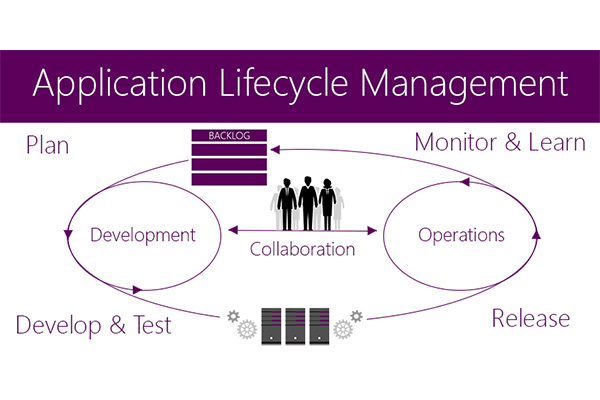
Technology continues to change at a dizzying pace. While that is of course true, it's also practically a cliché. What also changes, and indeed more significantly, are the development practices that go along with those technological advancements. Application Lifecycle Management (ALM), agile, DevOps—those have all evolved along the way as well. ALM has been around long enough so there are some venerable references, should you feel the need to beef up your collection of ALM books. If you're thinking of adding a few titles to your development bookshelf, here’s a look at a few ALM books you might want to consider.
More
Posted by Lafe Low on 04/12/20170 comments
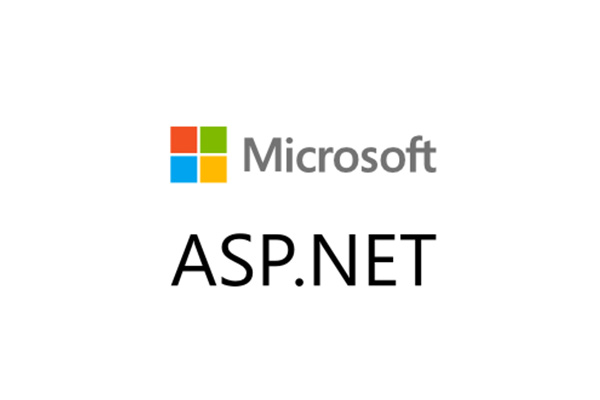
If you’re developing apps or services for the web, you’re bound to be using ASP.NET. This language framework is one of Microsoft’s gifts to the development world for building dynamic web sites, apps and services. It has been around since early 2002. It actually succeeded Microsoft's Active Server Pages (hence the ASP in ASP.NET) technology.
More
Posted by Lafe Low on 03/31/20170 comments
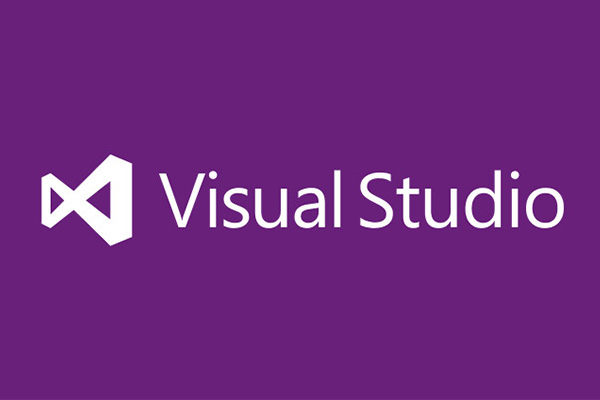
Howdy readers, Lafe here. About once a month, my partner in crime, Rich Seeley, will be doing technical takeovers of this blog. Here's his look at some of the new features in Visual Studio 2017.
Microsoft filled hours of YouTube space this month with the launch of Visual Studio 2017 including this kickoff by Microsoft CEO Satya Nadella, who touted the release as designed to empower developers to build any app on any platform.
More
Posted by Lafe Low on 03/27/20170 comments
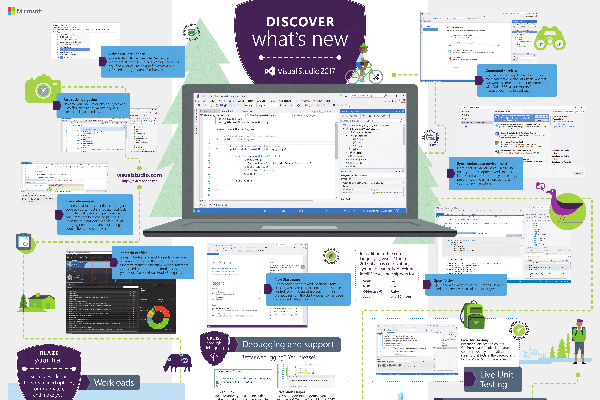
Visual Studio Magazine Editor-in-Chief Michael Domingo found this Visual Studio 2017 infographic helpful, and we hope you will too!
Microsoft added a ton of new features and updated functionality to Visual Studio 2017. There is also a lot of partner technology now incorporated directly into the IDE, like Redgate’s database features and Parasoft’s integrated unit testing. There has been a lot going on in the development pipeline throughout the last year since Build 2016. It’s a lot to keep track of, so having a summarized list of all Visual Studio 2017’s new and updated features—both the standard features you use every day, and some unique hidden gems—can help keep you on track.
More
Posted by Lafe Low on 03/21/20170 comments
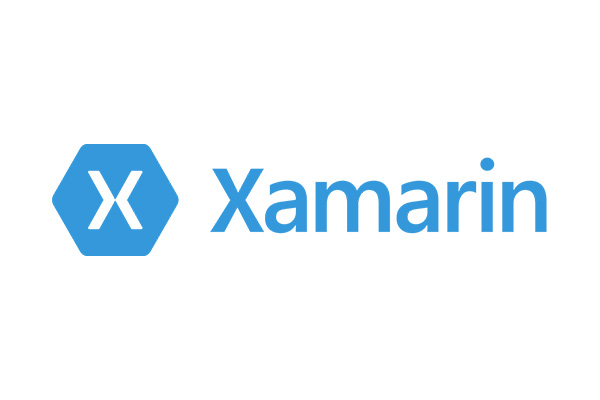
If you're developing mobile apps, you’re developing with Xamarin. Today we look at some of the sharpest Xamarin blogs out there for developers.
This is the official Xamarin blog, so there is plenty of good stuff in here – from individual tips and tricks to links to Xamarin-related webcasts and other resources. Most, if not all, of the contributors are Microsoft employees—including the Xamarin guy James Montemagno, who has presented before and will certainly present again at Visual Studio Live!
More
Posted by Lafe Low on 03/14/20170 comments

The Calls for Presentations are NOW OPEN for the following events:
We asked Rockford Lhotka, Visual Studio Live! Conference Co-Chair and Modern Apps Live! Conference Chair, to bring to light the lack of speaker diversity at tech conferences and how we can work to fix it. Here's what he said:
More
Posted by Lafe Low on 03/08/20170 comments

Howdy readers, Lafe here. About once a month, my partner in crime, Rich Seeley, will be doing technical takeovers of this blog. Here's his latest post, focused on fixing high CPU usage issues in Visual Studio.
The cause of a problem can be obvious.
You spill your coffee into the keyboard of your old laptop and it stops functioning.
More
Posted by Lafe Low on 03/06/20170 comments

We all like to be faster and more efficient. We also like doing things the easier way, or slightly easier way. It’s human nature. So I have always been a huge fan of things like keyboard shortcuts. When you’re deep in the groove, the last thing you want to do is lift your hands from the keyboard to go mousing about looking for a toolbar command. Thankfully, at least when it comes to working with SQL Server, shortcuts abound.
More
Posted by Lafe Low on 02/23/20170 comments

Howdy readers, Lafe here. About once a month, my partner in crime, Rich Seeley, will be doing technical takeovers of this blog. Here's his first contribution, focusing on debugging in Visual Studio 2017.
Debugging isn’t the favorite part of the job for most developers, but the newest version of Visual Studio is at least trying to make it faster.
More
Posted by Lafe Low on 02/08/20170 comments
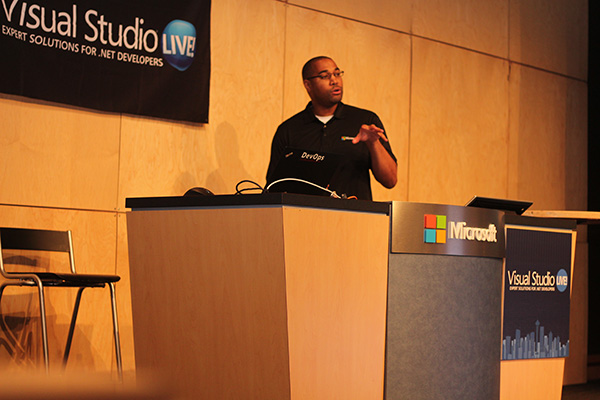
Visual Studio Live! Co-Chair Brian Randell caught up with Microsoft’s DevOps guy Donovan Brown to hear what he’s been doing and thinking lately.
You hear the phrase DevOps used a lot these days, but you may wonder what it really means, how important it is and what you should do about it for your development efforts. Donovan Brown can help. Brown is a Principal Program Manager at Microsoft. In that position, he is responsible for the DevOps vision for Team Foundation Server and Visual Studio. If you’ve heard him speak, you know he is clearly passionate about DevOps. And if you haven’t heard him speak, you’ll have another chance soon. He’ll be speaking again at Visual Studio Live! in Las Vegas this March 13-17.
More
Posted by Brian Randell on 02/02/20170 comments